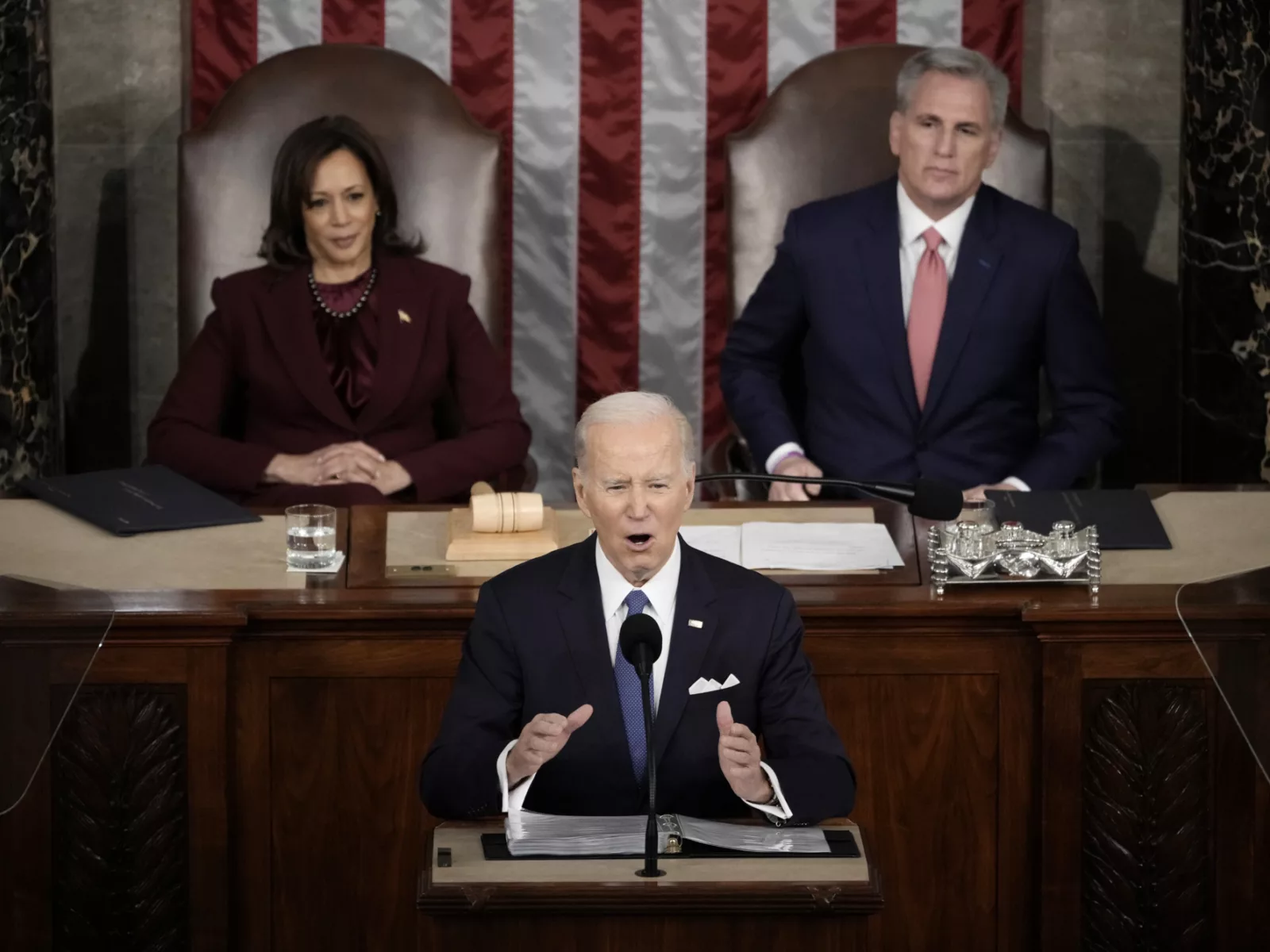Finding a less expensive MRI or mammogram can be its own reward. But patients enrolled in a program that incentivizes this behavior can reap additional incentives while trimming overall health care costs.
A new study co-authored by Ateev Mehrotra, associate professor at Harvard Medical School, evaluates the impact of a rewards program implemented in 2017 by 29 employers. A total of 270,000 eligible employees and dependents participated in the program and received cash incentives for switching to low-cost providers.
This is what the study uncovered:
- The program saved payers $2.3 million, or roughly $8 per person, per year. (There was an average 2% reduction in prices paid for services targeted by the rewards program.)
- For 135 elective services, patients who received care from a designated lower-price provider received a check ranging from $25 to $500, depending on the provider’s price and service. (The average reward payments made to participants in the study ranges from $41 for ultrasounds to $409 for major surgical procedures.)
- The decrease in prices paid was greatest for MRIs (4.7%), ultrasounds (2.5%), and mammograms (1.7%).
- The overall engagement was modest, with about 8% of enrollees using the price-shopping tools.
The findings of the study are published in the March edition of Health Affairs.


















